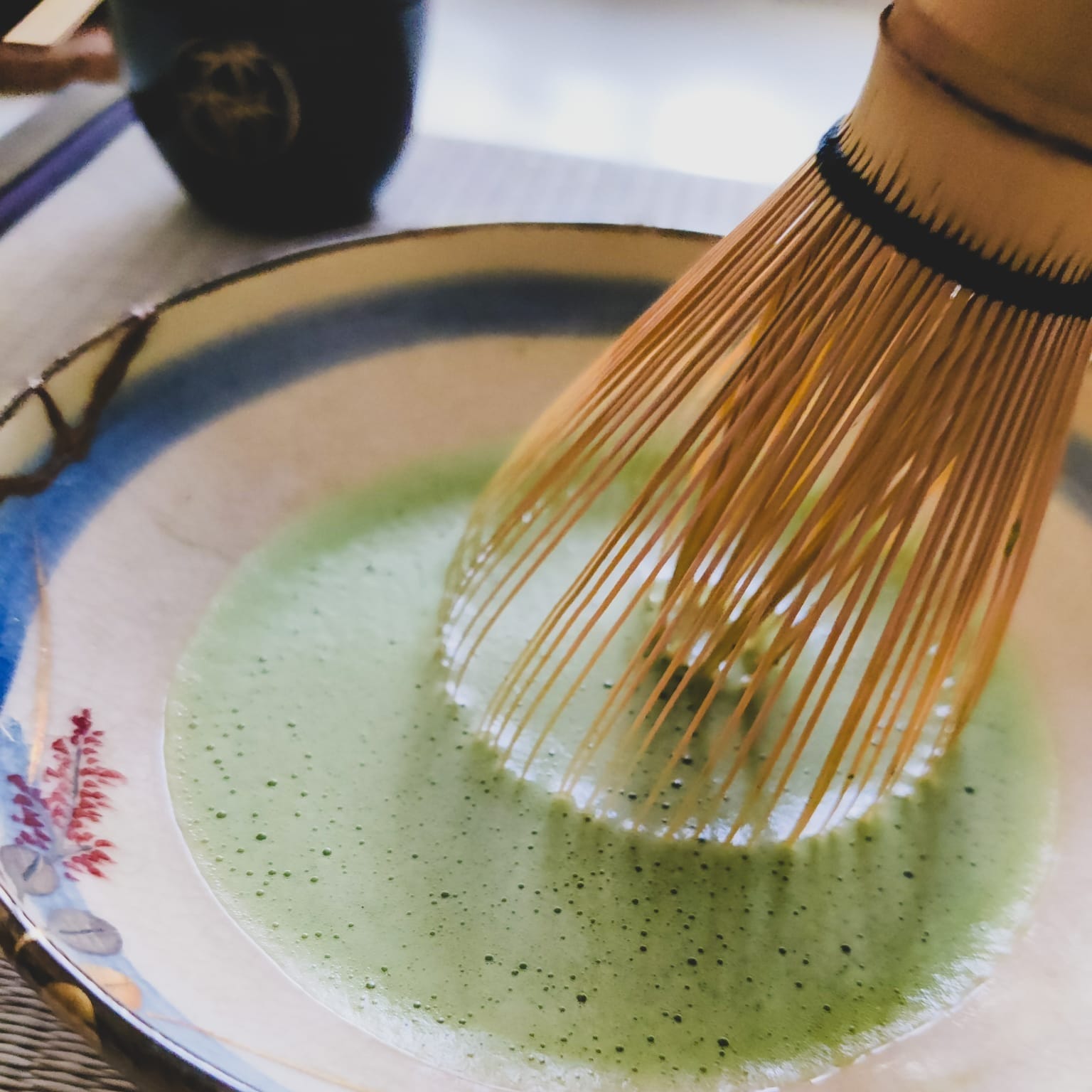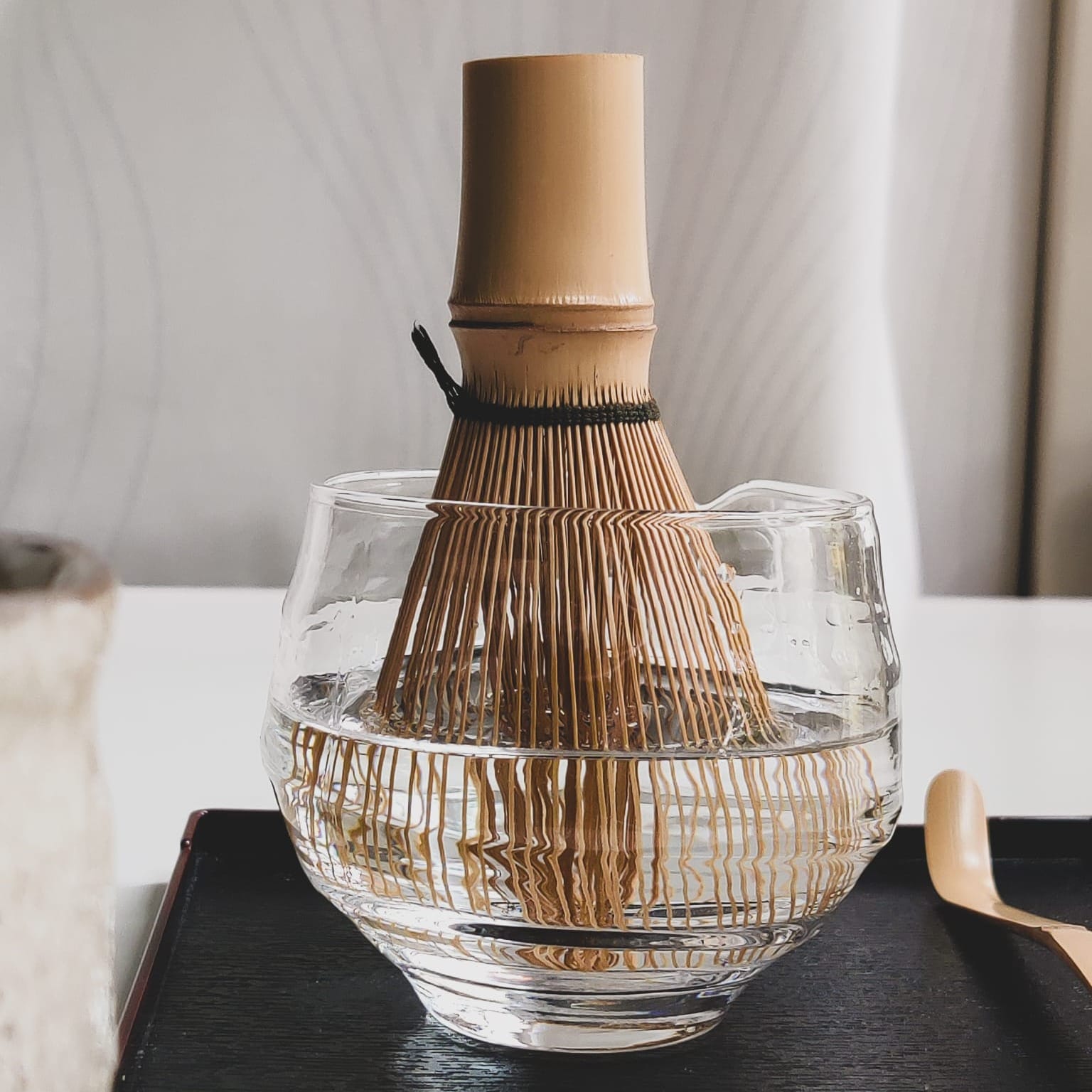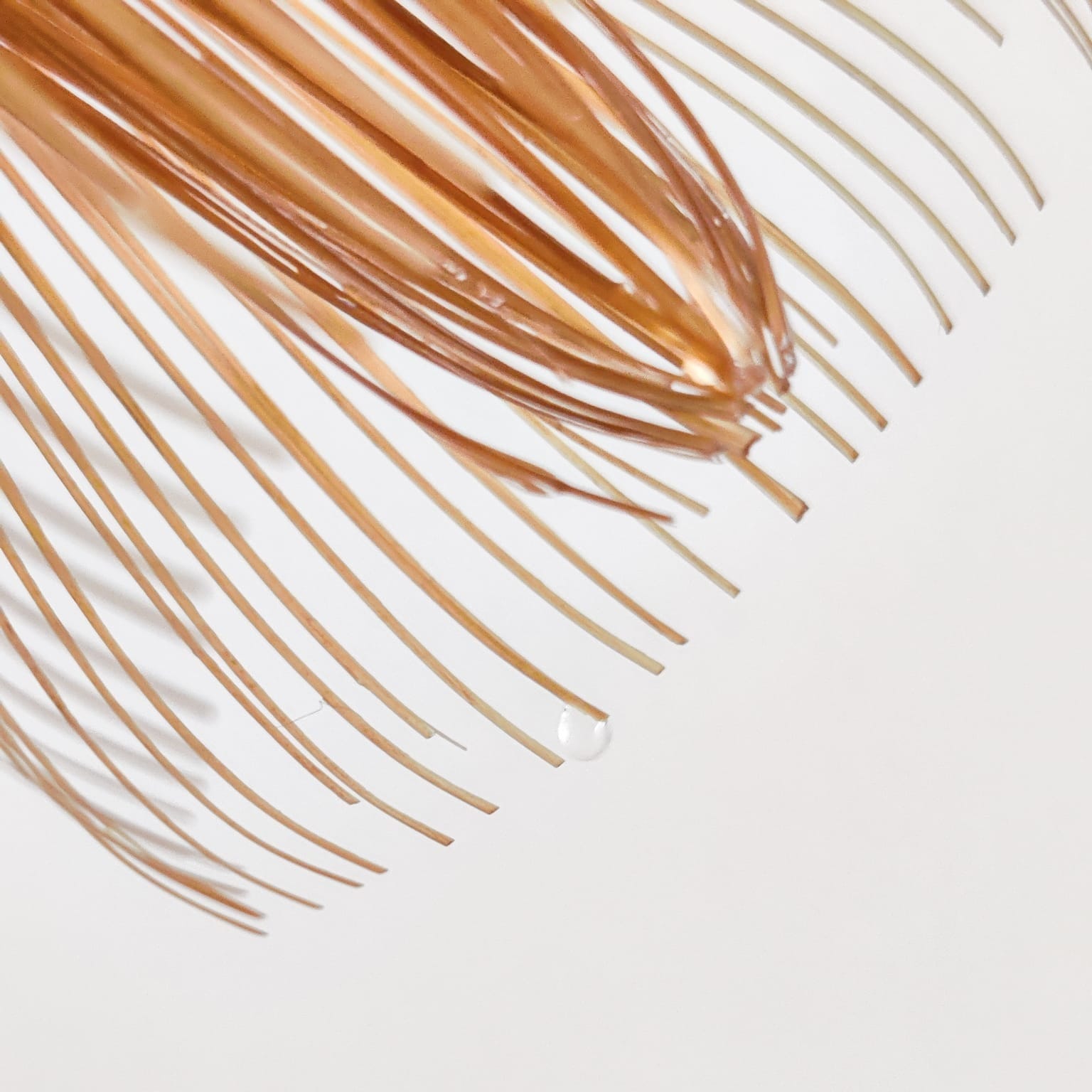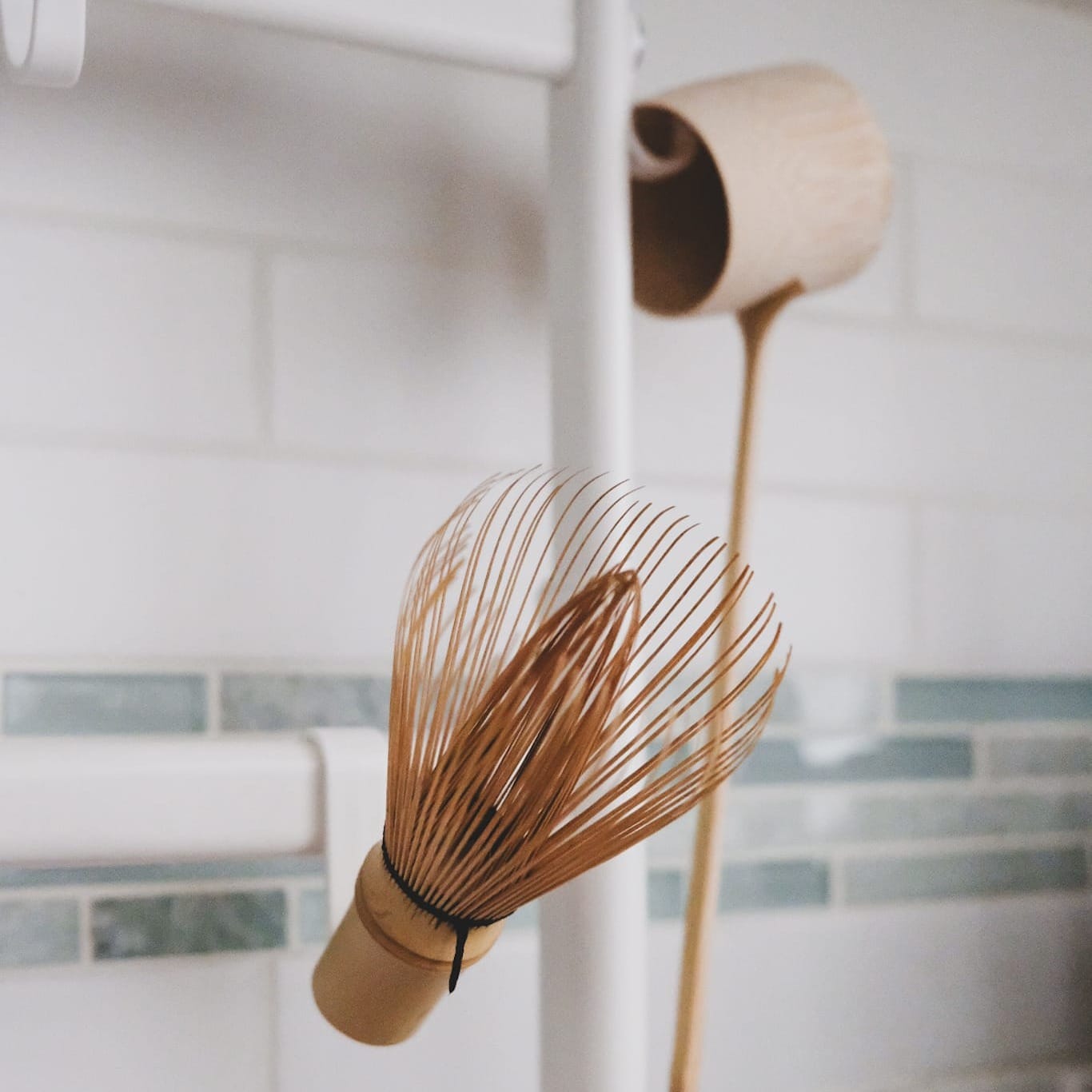How to Use and Care for Your Chasen - Bamboo Matcha Whisk
Did you know that chasen used to be a single-use item? Historically, the humble bamboo whisk was discarded after each tea gathering, as using brand-new utensils embodied the spirit of hospitality. Over time, this practice evolved, and the chasen became a reusable tool. This shift not only made it more practical but also allowed us to appreciate its craftsmanship over time.

Since I practice chanoyu almost daily, I’ve developed a deep appreciation for my chasen. The fine, soft tines are surprisingly strong, but they can be damaged if not handled with care. Furthermore, if not properly cleaned and dried, mould can also form, which is a definite no-go for something that touches your tea!
To help you keep your chasen in top shape, here are my best tips for using and caring for it:
1. Preparing a New Chasen
A brand-new chasen has its inner tines tightly twisted together. Before using it for the first time, soak it in hot water for ~5 minutes. This softens the bamboo, loosens the tines, and prepares it for whisking matcha.
Funny story: When I got my first bamboo whisk years ago, I had no idea how to use it. There were no instructions on the packaging, and the tines were twisted together. I assumed I had to untwist them by hand—big mistake! I completely ruined my chasen. Learn from my mistake: give your new chasen a warm bath instead!

2. Before Making Tea
If your chasen is dry before use, soak it briefly or whisk warm water in your chawan (matcha bowl) to moisten the tines. I always warm my chawan before making tea, so I simply whisk the warm water inside before discarding it. If you don’t warm your bowl (though I highly recommend it), just give your chasen a quick rinse to prevent the tines from being too stiff during whisking.
3. Whisking Matcha the Right Way
When whisking matcha, avoid scraping the tips of the chasen against the bottom of the bowl. While it may look like you’re touching the bottom, the actual movement involves moving the whisk back and forth using your wrist, while the tips of the chasen are just barely above the bottom of the bowl. In doing so, the moving water lifts and disperses the matcha powder to make usucha. That said, there are times when the chasen does touch the bottom, such as when kneading koicha (thick tea). Even then, it should be done gently to prevent snapping the delicate bamboo tines.
4. Cleaning Your Chasen
Try to rinse your chasen as soon as possible after use. In the tea room, this is done during the closing procedure, where we clean the whisk with room-temperature water as we clean the chawan. If matcha dries onto the bamboo, it can be tough to remove. In that case, use your fingertips or a soft toothbrush to gently clean the tines. Avoid using soap, as bamboo can absorb the scent and taste, which will affect your future matcha.

Tip: Since we shouldn’t use soap to clean the chasen, I also don’t recommend using it to whisk milk or other liquids if you are making matcha lattes.
5. Drying and Storing Your Chasen
Flick your wrist while holding the chasen to remove as much water as possible after rinsing. Afterwards, allow your chasen to air-dry completely before storing it. A kusenaoshi (whisk holder) can help it retain its shape while drying, but since parts of the tines touch the holder, I’ve found that it can take longer to dry and may develop slight discoloration. Now, I prefer to hang mine up to dry, ensuring even airflow and a longer lifespan.

Bonus Tip: Before whisking, check the tips of the tines to ensure none are loose. You don’t want to find a stray piece of bamboo in your matcha!
By following these simple care steps, your chasen can last a long time, allowing you to fully enjoy the art of making matcha. Treat your whisk with care, and it will reward you with many smooth, frothy bowls of tea!
Member discussion